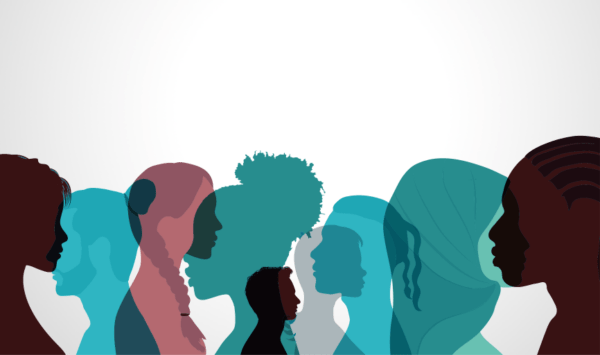
When reporting on marginalized communities, it’s imperative to get the story right by including people who help tell the whole story. Solidarity journalism can help achieve this goal. Reporting in solidarity means identifying the critical issues facing marginalized communities and talking to people who are often sidelined in these narratives – those with lived experience.
The Solidarity Journalism Initiative at the Center for Media Engagement offers resources for journalists interested in incorporating solidarity reporting into their stories. Solidarity techniques are relevant throughout the reporting process, including in the following five steps.
1. Deciding an issue is newsworthy
Stories rooted in solidarity journalism involve communities whose basic humanity is being disrespected or denied. For example, solidarity stories focus on communities experiencing exclusion, systematic violence, or disenfranchisement. Some of the criteria for newsworthiness in solidarity reporting include:
- Ongoing social justice issues that remain unresolved
- Continuity of marginalized communities’ dignity being denied or disrespected
- Grassroots efforts to address issues
- People directly affected by the issue (including community organizers) speaking out
- Community cohesion
- Long-term significance
2. Source Identification
After deciding an issue is newsworthy, focus on connecting with sources who have firsthand knowledge of the issue. While officials, policymakers, or people with institutional affiliations may also be referenced in the story, solidarity reporting does not focus solely on these sources. It’s important to include the voices of people who are directly impacted by the issue and seeking to change it.
If you are unsure of where to find these sources, look at stories that have already been written on the topic, both locally and in other coverage areas. Sources quoted in these stories can provide a place to start and lead you to other members of the same community. Organizations that work with people affected by the issue can also be helpful in connecting reporters to people with grounded perspectives.
3. Interviewing sources
Solidarity reporting should prioritize accuracy over emotional sensationalism. Rather than simply asking people how they feel, make sure to ask about their perspective on the issue and what they want to see change. Once interviews are complete, identify common threads, concerns, and phrases.
Remember to be sensitive and respectful about the issue when conducting interviews. Marginalized communities may be hesitant to speak with reporters due to how their communities have been portrayed and misrepresented in the news previously. Reassure your sources that you’re committed to accuracy in your storytelling and are not focusing on sensationalism.
4. Story Framing
Reporting with solidarity is not simply about generating empathy for those affected, but rather about spotlighting the need to take action against injustice. Centering empathy can result in empathy fatigue and distract attention from calling for actual change on important issues. While humanizing a source is helpful in the storytelling process, it should be made clear that it’s a community-wide issue and not something that affects an isolated individual.
Word choice is also crucial in story framing. Research shows that the labels journalists use to describe communities, especially communities that are often marginalized, have the power to shape opinions. For example, using person-centered language, as opposed to stereotypical labels, can foster trust and help news organizations better connect with stigmatized groups. It can also help improve marginalized people’s evaluations of news coverage.
5. Assessing Impact
The impact of solidarity reporting shouldn’t be measured solely on metrics like clicks and shares. It’s important to consider whether the story represented a marginalized community on their terms, and whether it brought an important issue to light in the eyes of a broader public. Results may not be measurable or immediate, but effective solidarity reporting helps shape the conversation on important topics, showcases important voices and perspectives, encourages people to take action, and helps hold officials accountable.
While solidarity reporting may seem like a daunting task, remember that you don’t have to be an expert on the issue before tackling the story – solidarity journalism is about seeking out those with lived experiences who can provide context. To help reporters get started, the Center for Media Engagement’s Solidarity Journalism Initiative offers resources including a solidarity reporting guide, examples of effective solidarity reporting, and answers to frequently asked questions.


